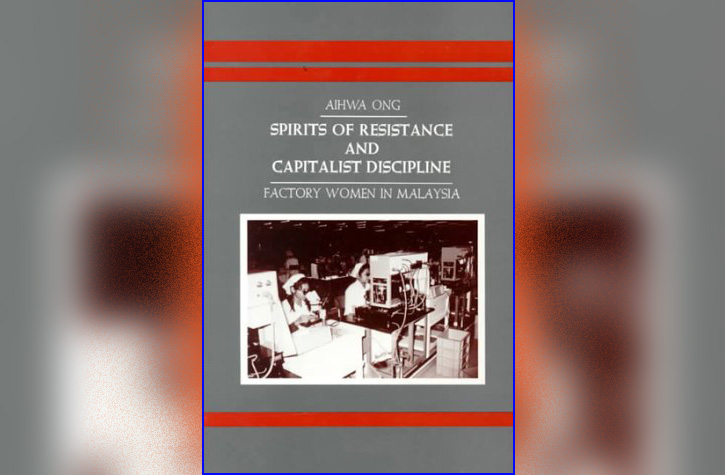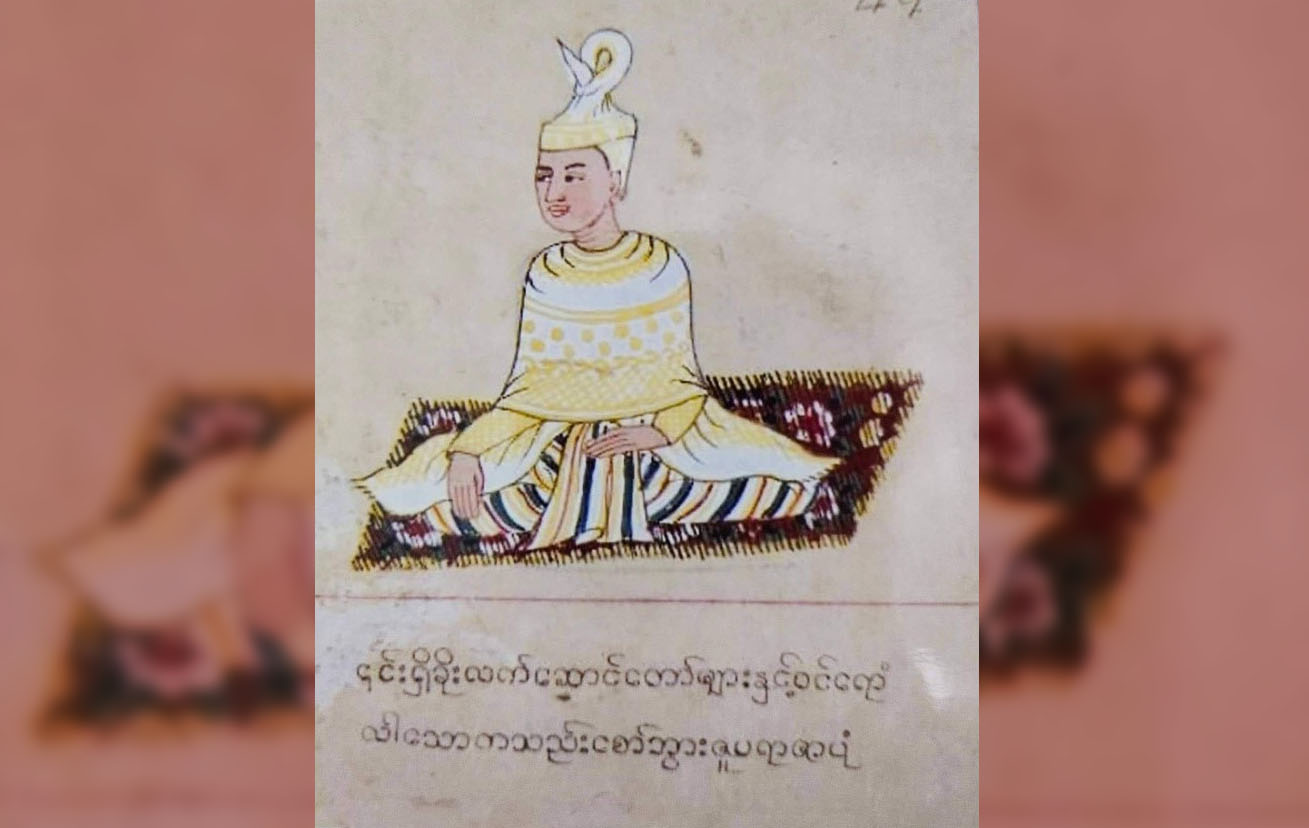Book: Spirits of Resistance and Capitalist Discipline: Factory Women in Malaysia.
Author: Aihwa Ong
Publisher: State University of New York Press, (2010).
“Why are Malay women workers periodically seized by spirit possession (hantu) on the shop floor of modern factories?” (p-xi)
Transitioning from an agrarian society to a capitalist society would entail fundamental changes in the social fabric of any society. Any society undergoing a shift in their relations and modes of production due to internal and external factors, would most definitely open new avenues to the individual and the community at large. These new avenues may bring in positive changes or may mean more degradation of their life(s). Ong, (2010) in her seminal work titled Spirits of Resistance and Capitalist Discipline: Factory Women in Malaysia, studies the fundamental changes seeping in rural Malaysia brought about by the coming of capitalistic forces and answers the question quoted above. The book captures nuances of the changes, encapsulating both the effect and causes of the transition, the paradoxes sprouted. The study has been attributed as an important addition in the field of economic anthropology as it captures the finer details of a society in flux using ethnography and economic tools. Moreover, Ong focusing primarily on the plight of neophyte female factory workers contributes astoundingly in the study of gender with relation of capital and labour, means and meanings in the context of disjunctions and conflicts generated by land dispossession and subjection to new forms of control and domination. Ong elucidates the relationship between work discipline, obedience and sexuality, and the paradoxical experiences of capitalist discipline and new freedoms.
The book is divided into 3 units, where the first draws the colonial history of Malaysia and how colonialism has intervened in stages the local polity, labour relations, and social formations. The colonial administration for its raison d’état cleared large tracts of forest and had pulled migrants into the country from China and Tamil immigrants from India, to enhance production in the plantations. The large number of migrants integrated into the Malay society and had become a class of its own, one that sells physical labour in the rubber plantations. The plantation of rubber changed into palm oil around the 1920-30’s, meaning huge downsizing of the earlier labour force as the later required very less and permanent number of workers. Having migrated due to a lucrative pull into the rubber plantation, a sudden shift into a different crop led to a creation of a reserve pool army of workers ready to do any work for sustenance.
By the time Malaysia attained its independence in 1957, the traditional Kampung (village) life of the Malays were under fervent decentring as its labour energy shifted from familial/farm works into wage labor in industries or elsewhere. The coming of the new post independence state, meant a reconstruction of the Malay economy and social life. Under a new central government, the reconfiguration of the rural society with capital led to the emergence of a Malay proletariat. The New Economic Policy that was taken up opened up Free Trade Zones (FTZ) and Special Economic Zones (SEZ) across the countryside which had a reserved pool of labour. Whereas the coming of education into the rural world meant labelling, preparing and differentiating workers more easily for a finer integration into the factories or the state. Schools taught agriculture, carpentry and domestic sciences in secondary schools. Since, the first two are thought of as a ‘masculine’ subject and the last as subject every girl lives and learns in their own household, the rates of dropping out after primary school was high. Moreover, families encouraged and took active participation in sending their daughters and sisters to the industries for additional household income. The nature of work in the factories requiring not much of skills or literacy absorbed the dropped out girls, which was preferred more than the boys/men as women were conceived to have nimble fingers, slow wit and more discipline. Work in the booming industries ranged from looking under a microscope for long hours; for which young eyes were preferred, or in a micromachine factory where workers have to put in their assigned components into the product. The opening up of factory floors for wages also led to rekindling the familial structure of a household. Whereas as opposed to unmarried men, women contributed their wages into the family pool of income, this meant that families now started discouraging early marriages and had led to rise in the average married age from 19 to 22 in between the 1970s and the 1980s. Unit 2 encapsulates all the discussions stated above.
The last unit is a deeper investigation into the lives of neophyte factory women workers. It first draws out how the state operated as a coordinator of different structures of power and the links of ideological domination and political disciplining. Malaysia, a Muslim dominant country, ruled by the United Malay National Organisation (UMNO), the dominant political party enforces its tentacles of control from the very top to the bottom by maintaining an idea of religious orthodoxy but also paradoxically advocating for growth and development of the country. Local norms of religious and patriarchal dominance meant more subjugation of women’s bodies. Neophyte women, who now earn wages and contribute to the household, are seen as becoming more social, western and independent. This purview is met with the overzealous eyes of men who bestow on themselves the authority to protect their women. There is constant friction, an antagonism of exhaustion, lesser freedom, more exploitation and subjugation for Malay neophyte women. Often women workers inside the shop floor of factories are episodically posses by evil spirits or the hantu, requiring local healers or bomoh, to come inside the factory and cleanse the spirits of the possessed. Whereas factories which work scientifically, consciously and mechanically do not have any room left for resistance, the oppressed and the wretched bodies of the women worker express their anguish in such visitation; provoking cultural relics by traversing into a realm of the subconscious. While the managers of such factories view the disruptions in production as one of (mass)hysteria; Ong argues that the hantu symbolism spoke not of an ideology of class struggle but of the right to be treated as human beings.
Banking heavily on the works of Karl Marx, Friedrich Engels, Pierre Bourdieu, Raymond Williams, Michel Foucault and Micheal Taussig, Ong enlightens that adherence to non-capitalist traditions of the society in a capitalist economic production system brings more advantage to capitalism as the latter benefits from the various social controls and disciplining it does to the working bodies.
The book is a must-read for academics interested in the intersection of ethnography, gender, agrarian, development, and anthropological studies.

The writer is an environment enthusiast and specializes in climate change impacts and related issues











